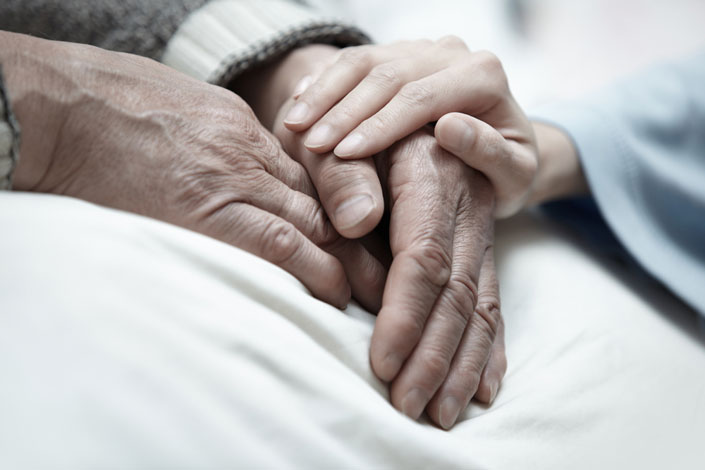Choroby wieku podeszłego Terapia 2020, 11 ( 394 ) : 38 - 43
Depresja wieku podeszłego – niedoceniony problem
Old age depression: An underestimated problem
Depresja, obok otępienia i majaczenia, zaliczana jest do najczęstszych zaburzeń sfery psychicznej w starości.
Częstość występowania depresji rośnie wraz z wiekiem i między 70. a 85. r.ż. jest prawie dwukrotnie wyższa w porównaniu z populacją ogólną (1). Do czynników ryzyka depresji w starości zalicza się: płeć żeńską, społeczną izolację, stan cywilny (wdowieństwo, separacja, rozwód), niski status ekonomiczny, współwystępowanie chorób przewlekłych, przewlekły, niekontrolowany ból, bezsenność, niesprawność funkcji poznawczych i pogorszenie sprawności fizycznej (2).

Zaloguj się i przeczytaj bezpłatnie całą treść artykułu.
Nie masz jeszcze konta dostępowego?
Zarejestruj się bezpłatnie, a otrzymasz:
* dostęp do wszystkich doniesień oraz pełnych tekstów artykułów naukowych w naszej Czytelni,
* prawo do bezpłatnego otrzymywania newslettera "Aktualności TERAPIA" z przeglądem interesujących i przydatnych wiadomości ze świata medycyny oraz systemu ochrony zdrowia w Polsce i na świecie,
* możliwość komentowania bieżących wydarzeń oraz udziału w ciekawych quizach i konkursach.
Zapraszamy serdecznie, dołącz do naszej społeczności.



Dodaj komentarz